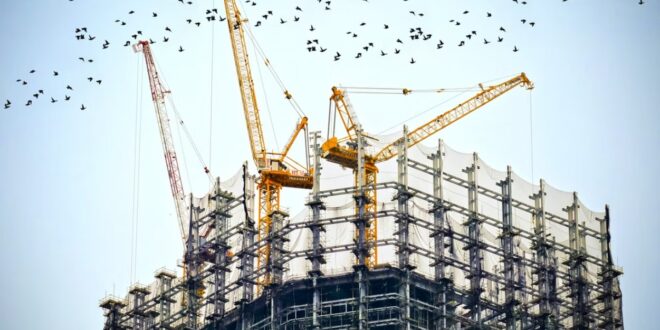A large construction project is a project that can involve thousands of tasks and activities. The project can last anywhere from 12 months to several years. In addition, a large construction project is worth several millions of dollars. For a project to be successfully completed, you must have a clear scope of work and better organizational skills.
Large or small, all projects have the same life cycle; planning, analysis, execution, monitoring, controlling, and handover. The main difference between a large project and a small one is that large projects involve more people, take longer to complete and are worth much more.
A simple mistake can cost millions of dollars in repair costs. In large construction projects, all key holders need to work together. The main contractor must have a communication channel to give instructions to subcontractors. The subcontractors must then be able to pass these instructions to their workers.
The construction stages of a large construction project
Large construction projects have four main steps.
1. The planning stage
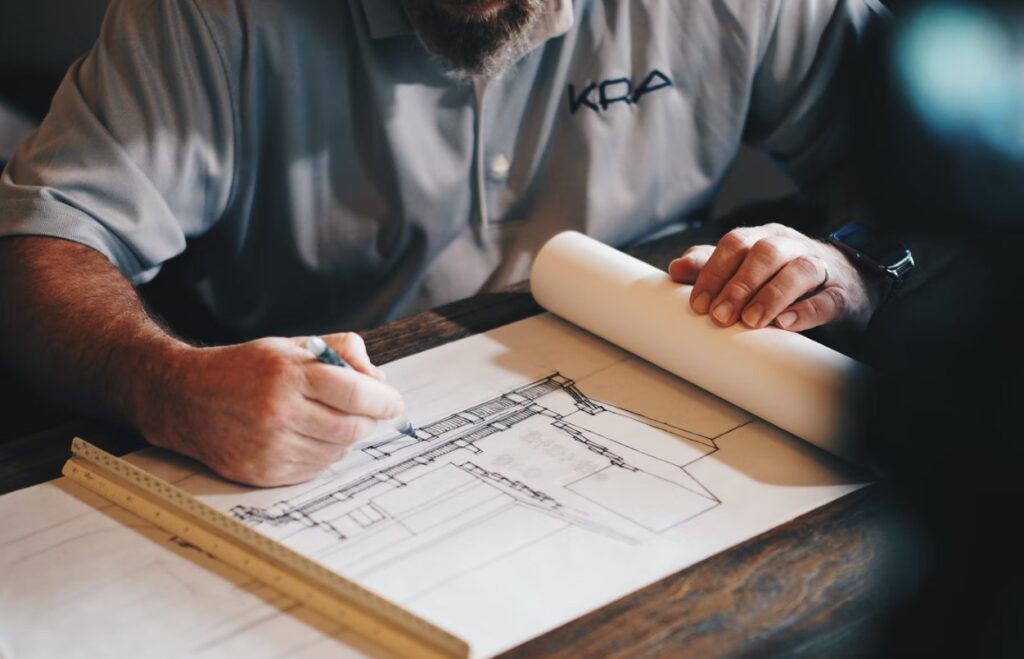
At this stage, the developers or initiators of the construction plan review data about the project. They try to establish whether there is a need for the project and whether it will be economically viable. At this stage, the initiator searches for funds and develops short-medium and long-term goals.
2. The design stage

This is the stage where initiators of the plan assemble a project team. The project team will include structural engineers, architects, and contractors. For example, if you are building a bridge, you will require a hydraulic engineer. The team you assemble will depend on the project you are handling.
At this stage, general contractors can use an AI-based optioneering platform such as ALICE to get a suitable planning strategy to minimize construction risk. By using the platform, contractors can create several simulations to identify the best project routes.
3. The construction stage
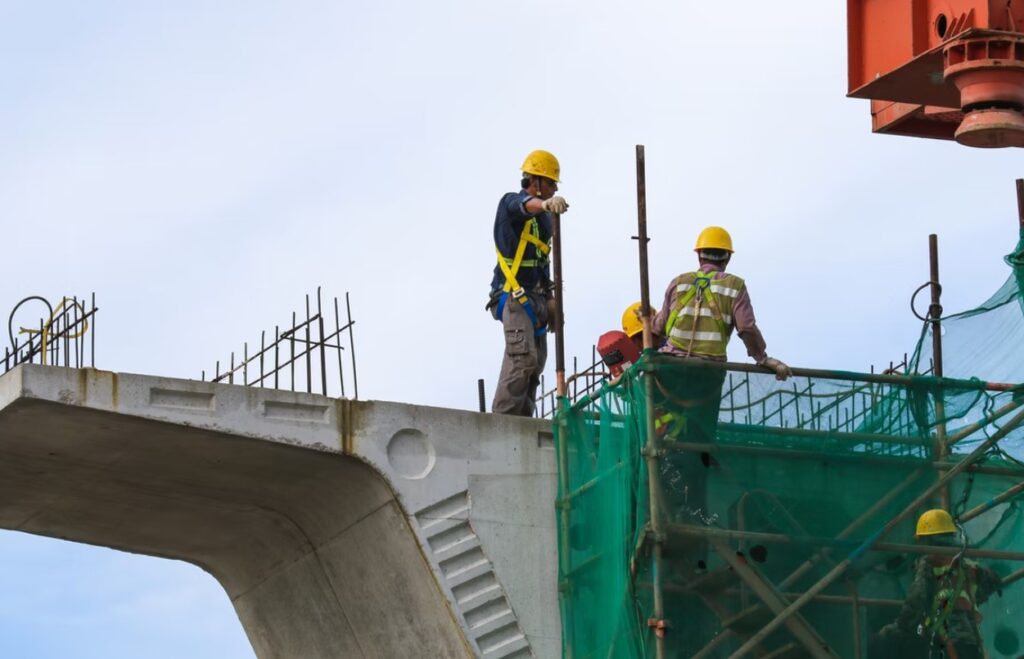
It is at this stage that the plan will be implemented. The contractor must determine the supervision needs to ensure that the program progresses according to the schedule. Unlike small construction projects, large projects require a communication platform. This makes it easy for different key players to communicate effectively and be held accountable.
4. Handover stage
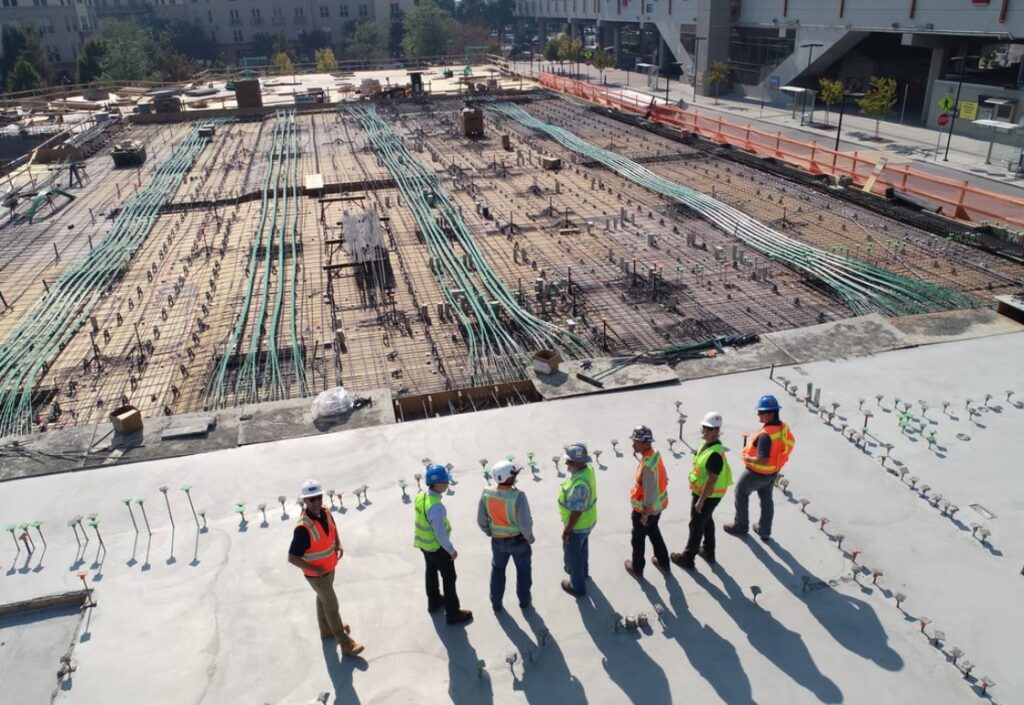
The last stage of any construction project is the handover stage. Deficiencies will be addressed at this stage, and a final sign-off from design engineers will be done. After the site has been cleared, a grand opening ceremony is usually conducted, and the contractor can be satisfied that the project was implemented as planned.
So what are some of the major risks faced by large construction projects?
1. Project delays
There are several reasons why a large construction project can be delayed. If the government is involved, the delay could result from bureaucracy between different government bodies. A good example is when the environment agency takes longer than usual to approve a project because they are waiting for clearance from another government agency.
Labor shortages or budget conflicts can also cause project delays. This is mainly experienced when dealing with government contracts. Some contractors may undervalue the actual cost of doing a project so that they win the tenderl. Other factors that may cause project delays are environmental factors and communication challenges.
2. Labor shortages

In the United States, labor shortages are a big challenge because they affect productivity. As of 2024, more than 400,000 construction jobs remained unfilled. If the project delays, it can cause a ripple effect, such as the original budget shooting through the roof.
As a contractor, your best strategy to solve the labor problem is to ensure that employees are adequately compensated.
3. Fluctuating costs of materials
It does not matter how well you did your calculations; if it is a lump sum contract, you are at the mercy of a fluctuating material market. The cost of materials can rise due to several factors, such as sudden demand increases. Other factors include government policies {tax increases} and natural disasters.
As a contractor, the best way to protect yourself from such risks is to increase your markup. This way, even if the construction costs increase, you will still be able to complete the project.
4. Poor project management
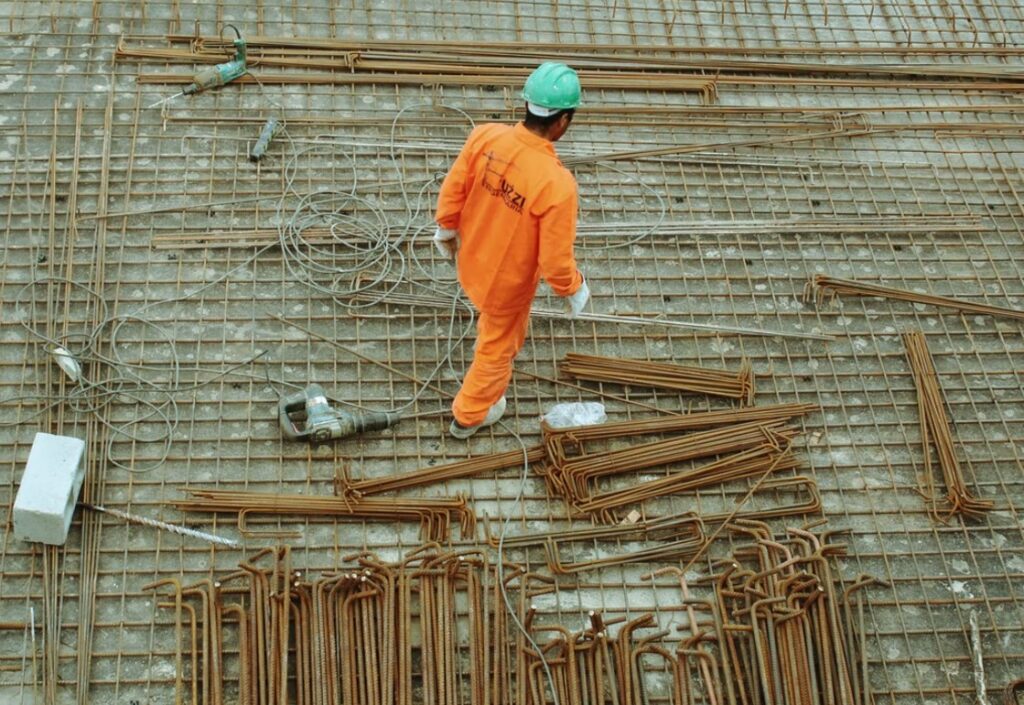
The risk of poor project management begins when you hire an unqualified project manager. In the construction world, a project manager is responsible for overseeing the planning and execution of a construction project. The project manager must also be required to identify risks and solve them before they affect the entire project.
A project manager is also required to ensure effective communication between all key stakeholders in the organization. They must also identify a suitable communication platform for scheduling tasks and storing information. The platform should also make it easy for files to be accessed and shared as well as for subcontractors to be held responsible in case of sub-par performance.
5. Unclear scope of work
Scope of work is an agreement between a contractor and client detailing what you will do for the client. The scope of work will guide you to ensure that you deliver what you have agreed upon. The problem with large construction projects is that clients can be unsure of what they want.
They may repeatedly change their minds about a structure’s design or functionality. In some cases, the client’s vision might change completely, making the project difficult to implement.
6. Payment disputes
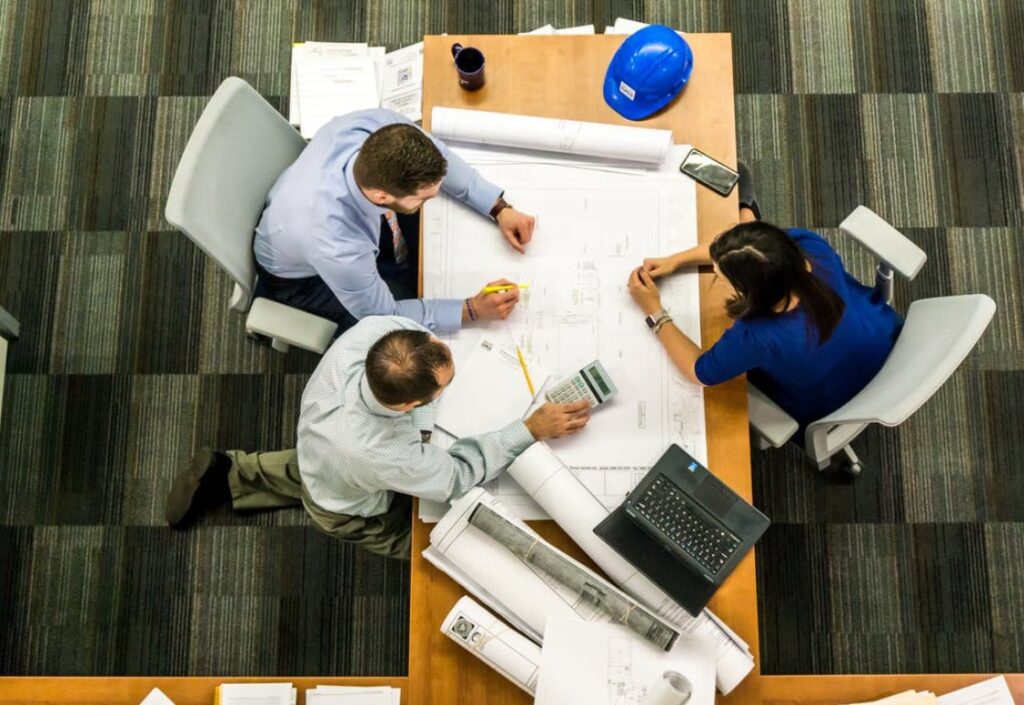
Lastly, another major risk that affects large construction projects is payment disputes. As a result of delayed payments, contractors might require bank financing to complete a construction project. When this happens, margins usually reduce. Contractors need to have a clearly defined payment schedule to avoid this risk.
 Imagup General Magazine 2024
Imagup General Magazine 2024
